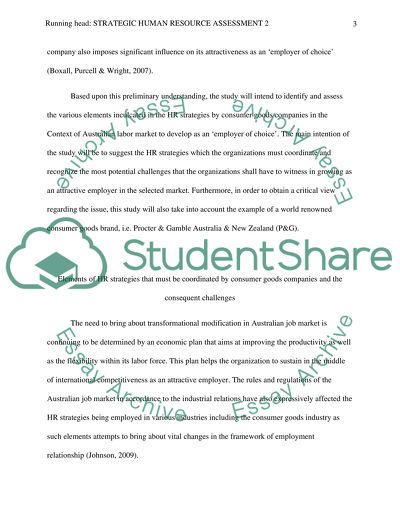Cite this document
(Human Resources Strategies Practiced in Procter & Gamble in Australia Case Study, n.d.)
Human Resources Strategies Practiced in Procter & Gamble in Australia Case Study. Retrieved from https://studentshare.org/human-resources/1472390-strategichuman-resource-assessment
Human Resources Strategies Practiced in Procter & Gamble in Australia Case Study. Retrieved from https://studentshare.org/human-resources/1472390-strategichuman-resource-assessment
(Human Resources Strategies Practiced in Procter & Gamble in Australia Case Study)
Human Resources Strategies Practiced in Procter & Gamble in Australia Case Study. https://studentshare.org/human-resources/1472390-strategichuman-resource-assessment.
Human Resources Strategies Practiced in Procter & Gamble in Australia Case Study. https://studentshare.org/human-resources/1472390-strategichuman-resource-assessment.
“Human Resources Strategies Practiced in Procter & Gamble in Australia Case Study”, n.d. https://studentshare.org/human-resources/1472390-strategichuman-resource-assessment.


